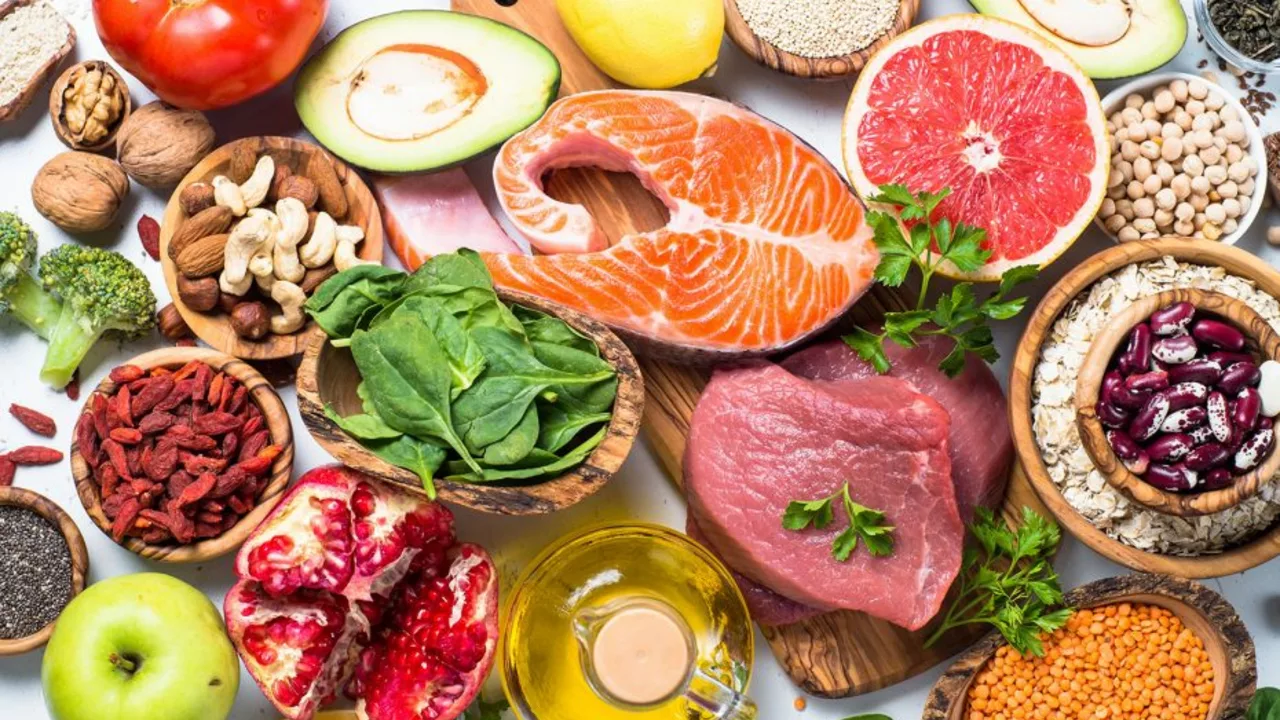Get this, folks! There's a new superfood sheriff in town, and it goes by the name of Skirret. This under-the-radar veggie, hidden away from the limelight for far too long, is jam-packed with nutrients that'll supercharge your health journey. I mean, who wouldn't want a piece of this fibrous, vitamin-rich dynamo? So, let's raise a carrot to Skirret, the unsung hero of superfoods, and welcome a healthier lifestyle with open arms and open mouths!
Skirret: what it is and why people are curious
Skirret (Sium sisarum) is a sweet, white root vegetable that showed up in old cookbooks and herbal notes. Think of it like a cross between carrot and parsnip in texture, with a mild, sugary flavor. People talk about skirret for food, for traditional remedies, and now some are asking if it belongs in supplements or modern kitchens.
If you haven’t seen skirret at a grocery store, that’s normal. It’s not common in big supermarkets but you can find it at farmer markets, specialty grocers, or online from seed and heritage-vegetable sellers. The plant makes a cluster of thin roots—you cook them like potatoes, roast them, mash them, or add them to stews.
Practical uses: food, garden, and simple recipes
Use skirret like any starchy root. Roast with olive oil, salt, and rosemary for a simple side. Boil and mash it with butter and a little cream for a sweeter mash. Thin slices fry up nicely for chips. Gardeners value it as a hardy perennial: plant once, harvest over seasons. If you grow it, lift the roots carefully so they don’t bruise.
In the kitchen, skirret pairs well with pork, roasted chicken, or strong cheeses. It also blends into soups when you want a touch of natural sweetness without using sugar. Store fresh roots in the fridge wrapped in paper for up to two weeks, or blanch and freeze cooked pieces for longer storage.
Health notes, safety, and interactions
People sometimes wonder if skirret has special medicinal powers. Traditional uses include easing digestion and adding energy as a nutrient-dense food. Modern research on skirret is limited, so treat claims about cures or strong therapeutic effects with caution. Use it mainly as a healthy, starchy vegetable rather than a treatment.
If you’re on medications or have health conditions, watch for the usual food cautions. There’s no well-documented interaction between skirret and common drugs, but rare allergic reactions to any new food can happen. Try a small amount first, and stop if you notice itching, swelling, or breathing trouble. Pregnant or nursing people should check with their clinician before using any new supplement or concentrated extract.
Skirret extracts or supplements are rare. If you do find them, prefer sellers who list full ingredient labels and contact info. Avoid products that promise quick fixes or dramatic health claims. Quality varies widely with niche herbal products.
Want to try skirret? Start by sourcing fresh roots from a local grower or buying seeds to grow your own. Cook it like you would other roots, keep portions moderate, and treat it as a tasty, old-fashioned vegetable rather than a miracle remedy. If you like heritage foods, skirret is worth a try—simple, slightly sweet, and easy to cook.

